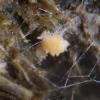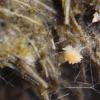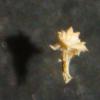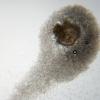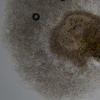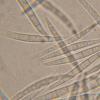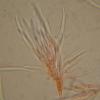
11-02-2017 16:58
Hello together, I'm looking for the name of this

12-02-2017 14:23
Apotecios aislados o en pequeños grupos de colo

12-02-2017 14:31
 Viktorie Halasu
Viktorie Halasu
Hello, would anyone have this article please? Jea

08-02-2017 21:12
 Alessio Pierotti
Alessio Pierotti
Hello ! Someone have this work ? Bakshi B. K. 195

11-02-2017 22:37
 Matthias Mann
Matthias Mann
Dear Specialists,I cannot find any similar Conidio

25-01-2017 14:02
 Stephen Martin Mifsud
Stephen Martin Mifsud
The study of Moellerodiscus in Malta has so far co
imperfect fungi on cow dung
Sven Heinz,
11-02-2017 16:58
I'm looking for the name of this imperfect fungi. I found this fungi on cow dung.
Fruitbody: 2 x 2 mm
spore: 40 - 45 µ x 5 µ, 5 x septed
Greetings Sven
Angel Pintos,
11-02-2017 17:30

Re : imperfect fungi on cow dung
looks like conidia of Fusarium sp.
Regards
Angel
Regards
Angel
Sven Heinz,
12-02-2017 17:20
Re : imperfect fungi on cow dung
Thank you very much!
Greetings
Sven
Greetings
Sven

